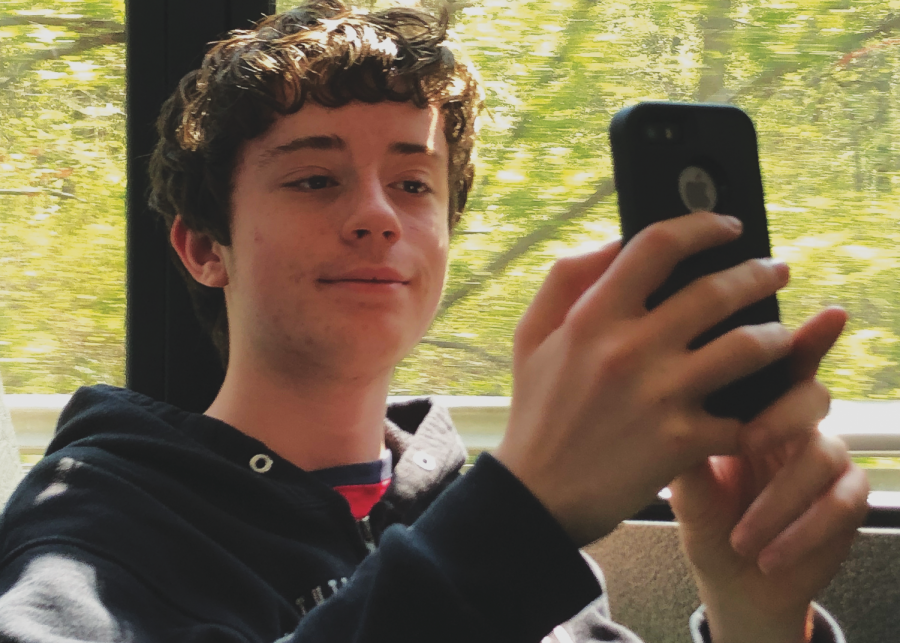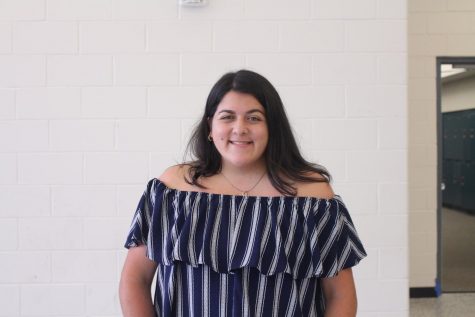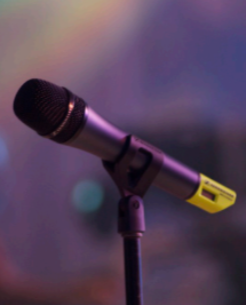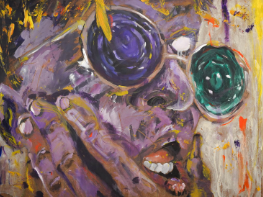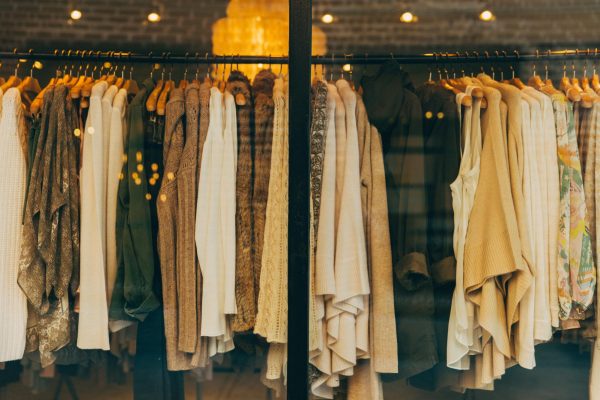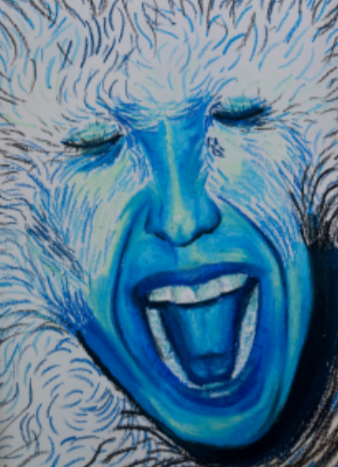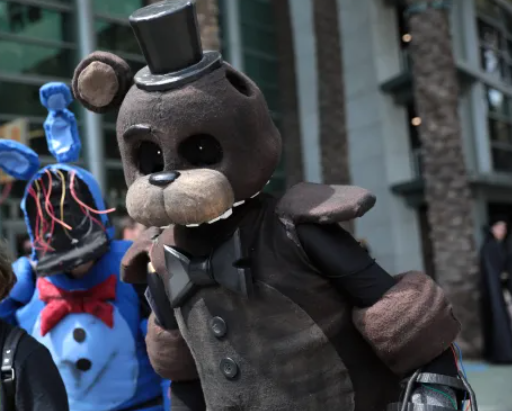Selfies: more than just a snapshot
Freshman Ryan Hart of Freehold takes selfies during his bus ride home from school.
May 10, 2019
While self-portraits have existed since cave drawings, the popularization of the ‘selfie’ as society now knows it didn’t happen until the 21st century. This photo, in which an individual takes a picture of themself, stands to commemorate every holiday, vacation or birthday.
But, the selfie goes back generations. According to business media brand Fast Company, five photographers of the Byron Company snapped the world’s first selfie. Though they did not know it at the time, their actions would spark the beginning of a cultural staple.
Despite the lengthy existence of selfies, they did become ubiquitous until social media platforms like Instagram and Facebook started gaining popularity. According to The New Yorker, many people switched from the MySpace portrait to a selfie after the release of the iPhone 4, the first smartphone to feature a front-facing camera.
Selfies have only grown in popularity since then. As stated by Parent Info Organization, 91 percent of teenagers have taken a selfie, with an average of 1 million taken per day.
Just like with any trend, selfies have their critics. Some believe that selfies, and subsequently social media, expose the younger generation to cyberbullying. A study conducted by the Pew Research Center found that 59 percent of teenagers have encountered harassment online.
Comment sections encourage users to leave any criticisms, which can be dangerous considering the lack of restrictions.
Junior Jamie Nickerson of Tinton Falls said that while a selfie can serve as a self-esteem booster, it doesn’t come without a risk.
“Although selfies give off a positive message, uploading them for the world to see can be a stressful thing,” said Nickerson. “Especially when you’re using the selfies to gain confidence.”
Despite this, people generally use selfies to promote self-love and improve body image. If someone likes their appearance in a photo, the way they think about themselves may change. Their self-esteem may also rise through receiving positive comments beneath the post. According to Mercury News, selfie-takers tend to feel better about themselves after gaining approval from others.
Junior Jill Fukushima of Eatontown has a positive outlook on selfies because of the viewpoint they provide.
“Taking selfies is good for your self esteem,” said Fukushima. “They help someone look at themselves in a more positive light.”
Another positive impact of the selfie is the bond it creates. Whether it be pulling a silly face for a Snapchat or posing with a group of friends, taking selfies can create memories and strengthen relationships.
Even with their downsides, selfies serve as a popular medium for capturing life’s special moments.



